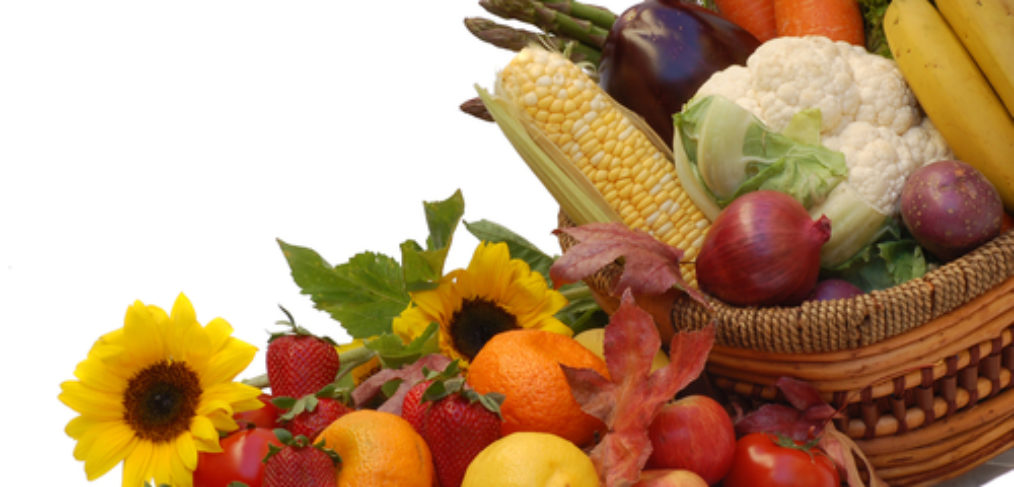
Ayurvedic food therapy
My basic message to most people who can’t sleep is balance
This balance is brought about by many different aspects of one’s life. For example, bringing the physical being back into balance with foods and herbs is one aspect. Getting more vital energy from breathing exercises and related practices is another. Balancing the mind by addressing negativity, spiritual therapies and, of course, lifestyle is also a consideration.
Food, therefore, is one, yet very important part of Ayurvedic therapy.
Unlike the West where taste is used simply to identify the food, in Ayurveda it is a very different story. Taste represents a whole host of healing properties from gross to subtle. Ayurveda considers herbs and foods as therapeutic substances and uses a special language so that we can understand it’s healing properties.

Food and herbs are divided up into six tastes or Rasas in the Sanskrit language
Each of these six tastes have different healing qualities that balance and heal the body and mind. The six tastes are:-
- Sweet (sugars and starches)
- Salty (salt, seaweed)
- Sour (fermented food or acid fruit)
- Pungent (hot spices like cayenne or ginger)
- Bitter (bitter herbs like aloe vera, nettle, leafy greens)
- Astringent (apple, lentils, cauliflower)
Each taste has the following effects:
- Heating or cooling affect on the digestive system
- Heavy or light property that builds or reduces the body
- Moist or dry property that lubricates or dries the body
The basic rules of the tastes according to the doshas are:
- Sweet, sour and salty increase Kapha and decrease Vata
- Pungent, bitter and astringent increase Vata and decrease Kapha
- Sweet, bitter and astringent decrease Pitta
- Pungent, sour and salty increase Pitta
If you would like to find out what sleep type you are, click here for the quiz. Once you’ve completed the quiz it will give you a report which outlines the food types you should be eating.
Food therapy is an enormous subject, but by slowly identifying your dosha and imbalances, you can start to introduce appropriate foods you need for healing.
For example, Vata types are usually cold and dry with poor digestion. The sweet taste helps with substance for lightweight Vata types, the sour taste is very heating as is the salty taste. In particular adding the pungent taste (taking a piece of ginger before or with food) is particular good for heating Vata. Vata’s are not good with cold or dry food, they are better with cooked, slightly spicy food that warms them from the inside.
Ayurvedic food therapy is now a subject of research in the health and wellbeing field. Here’s an interesting article I’d like to share with you.
